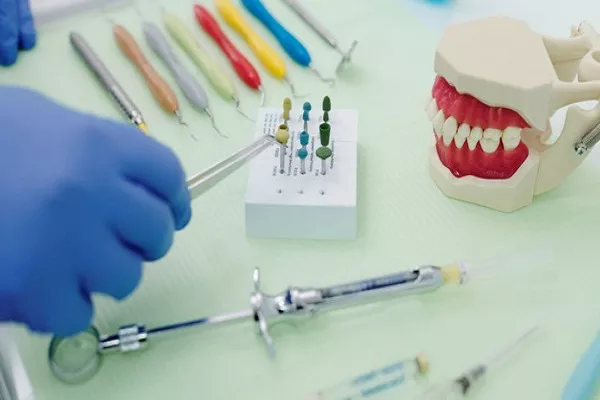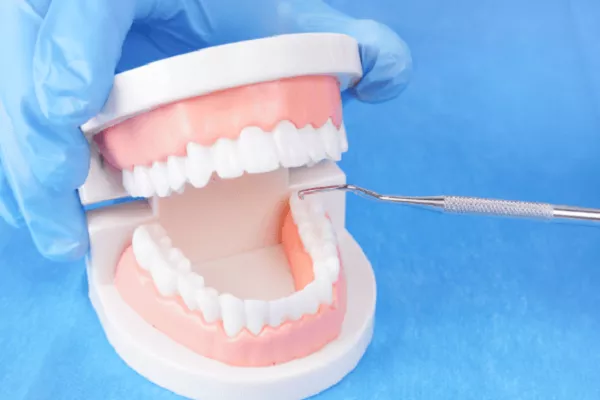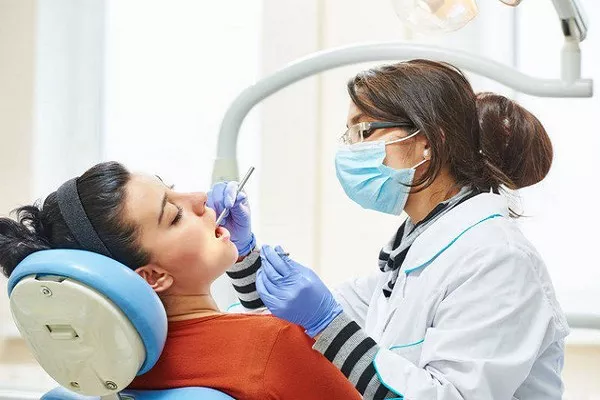A straight, beautiful smile is a confidence booster for many, and dental braces have long been a reliable solution for correcting misaligned teeth. If you’re considering braces, you might be wondering, “How much do brackets for teeth cost?” The cost of braces can vary widely depending on several factors. In this comprehensive guide, we will explore the different types of braces, what influences their cost, potential additional expenses, and tips for managing the financial aspects of orthodontic treatment.
Understanding Dental Braces
Dental braces, often referred to as “brackets,” are orthodontic devices used to correct misaligned teeth and jaw issues. They work by applying continuous pressure to the teeth, gradually moving them into their desired positions. Braces consist of several components, including brackets (small metal or ceramic pieces), wires, and sometimes elastic bands.
Types of Braces
Traditional Metal Braces: These are the most common type of braces. They consist of metal brackets and wires. While they are highly effective, some people may find them less aesthetically pleasing due to their visibility.
Ceramic Braces: Ceramic braces are similar to traditional metal braces but use clear or tooth-colored brackets, making them less noticeable. They are a popular choice for individuals concerned about the appearance of their braces.
Lingual Braces: Lingual braces are placed on the inner surfaces of the teeth, making them virtually invisible from the outside. They are custom-made for each patient and are often more expensive than traditional braces.
Invisalign Clear Aligners: Invisalign is a popular alternative to traditional braces. It consists of a series of clear, removable aligners that gradually move the teeth. Invisalign tends to be less noticeable and more comfortable than traditional braces but may have a different cost structure.
Factors That Influence the Cost of Braces
Several factors can influence the cost of braces. It’s essential to consider these variables when estimating the overall expense of orthodontic treatment:
Type of Braces: The type of braces you choose significantly impacts the cost. Traditional metal braces are often the most budget-friendly option, while alternatives like ceramic braces or Invisalign may cost more.
Treatment Duration: The length of your orthodontic treatment can affect the total cost. Longer treatment times may require more frequent adjustments and, consequently, higher expenses.
Complexity of the Case: The severity of your alignment issues or jaw problems can influence the cost. Complex cases may require more extensive treatment and, therefore, higher costs.
Orthodontist’s Expertise: The experience and reputation of the orthodontist or dental professional providing the treatment can affect the cost.
Location: The cost of braces can vary by geographic location, with urban areas generally having higher fees.
Additional Expenses to Consider
While the cost of braces covers the essential treatment, there are additional expenses you should be aware of:
Initial Evaluation: You may need an initial consultation and evaluation by an orthodontist to determine your treatment plan. Some practices offer free consultations, while others charge a fee.
X-Rays and Diagnostic Tests: Diagnostic tests, including X-rays, impressions, and photographs, are typically part of the initial evaluation and may have associated costs.
Adjustments: Regular adjustments and follow-up appointments are necessary throughout your treatment, and these visits may incur additional charges.
Retainers: After the active phase of treatment, you’ll likely need to wear retainers to maintain your results. Retainers can be an additional expense.
Emergency Visits: In rare cases, you may require an emergency visit if a wire or bracket breaks. These unexpected visits may result in extra fees.
Tips for Managing the Cost of Braces
Managing the cost of braces is essential for many individuals and families. Here are some tips to help make orthodontic treatment more affordable:
Insurance: Check if your dental insurance covers orthodontic treatment. While not all plans do, some provide partial coverage for braces.
Flexible Spending Account (FSA) or Health Savings Account (HSA): If you have an FSA or HSA, you can use pre-tax dollars to pay for orthodontic treatment, reducing your overall cost.
Payment Plans: Many orthodontic practices offer payment plans that allow you to spread the cost of braces over an extended period, making monthly payments more manageable.
Orthodontic Discounts: Some orthodontists offer discounts for paying for the entire treatment upfront. Inquire about these options if you can afford to do so.
State Assistance Programs: In some cases, state-funded programs may provide financial assistance for orthodontic treatment for children with severe alignment issues.
Dental Schools:Consider seeking treatment at a dental school, where orthodontic care is often offered at reduced rates, supervised by experienced faculty.
Conclusion
The cost of braces, including brackets for teeth, can vary based on multiple factors, including the type of braces, treatment duration, case complexity, and location. It’s essential to consult with an orthodontist or dental professional to obtain a personalized estimate for your specific needs.
Remember that investing in orthodontic treatment is an investment in your oral health and confidence. While the initial cost may seem significant, the long-term benefits of a straight and healthy smile are invaluable. Explore your financial options, insurance coverage, and payment plans to make braces a manageable expense while achieving the smile you desire.
Related Topics:































